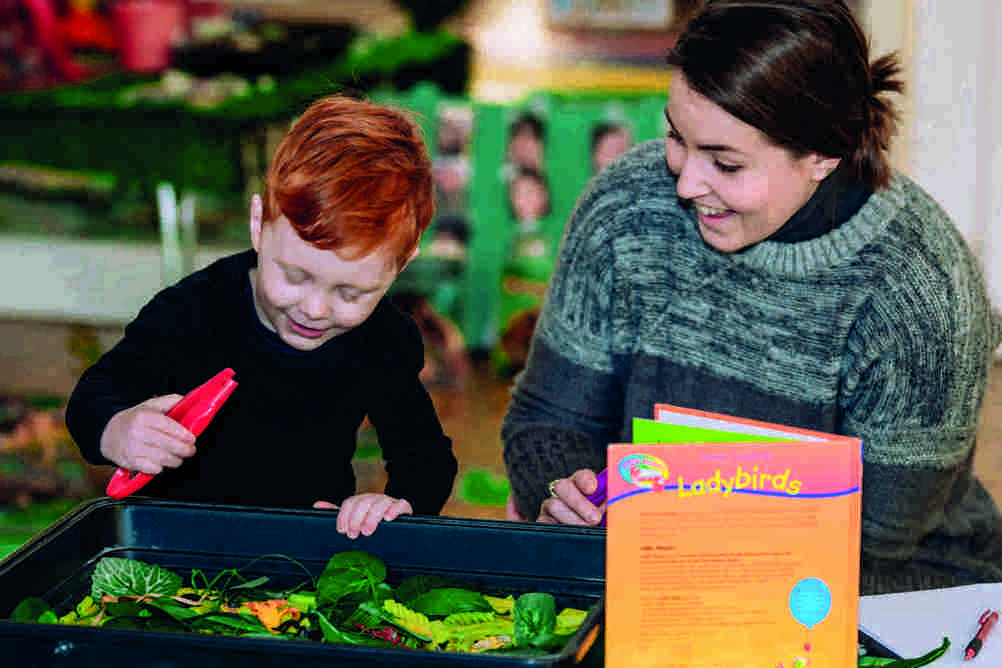
With nursery groups continuing to buy up existing settings, Nursery World looks at the different approaches they take when acquiring an already operational business and how they make it part of their group.
Before acquisition
The owner of Tops Day Nurseries, Cheryl Hadland, says she only buys nurseries with potential – a setting that can be expanded if there is demand, for example, or a failed nursery.
‘I like taking on failed nurseries or nurseries that are going to close as I think we can make a difference’, she explains. ‘I have taken on “requires improvement” settings. We run a training academy and can bring in our tried-and-tested policies and procedures. It would take six months to turn the nursery around though, so we can’t do too many at once. With these settings, you often just buy the building and not the business as the business isn’t worth anything.’
Register now to continue reading
Thank you for visiting Nursery World and making use of our archive of more than 35,000 expert features, subject guides, case studies and policy updates. Why not register today and enjoy the following great benefits:
What's included
-
Free access to 4 subscriber-only articles per month
-
Unlimited access to news and opinion
-
Email newsletter providing activity ideas, best practice and breaking news
Already have an account? Sign in here









